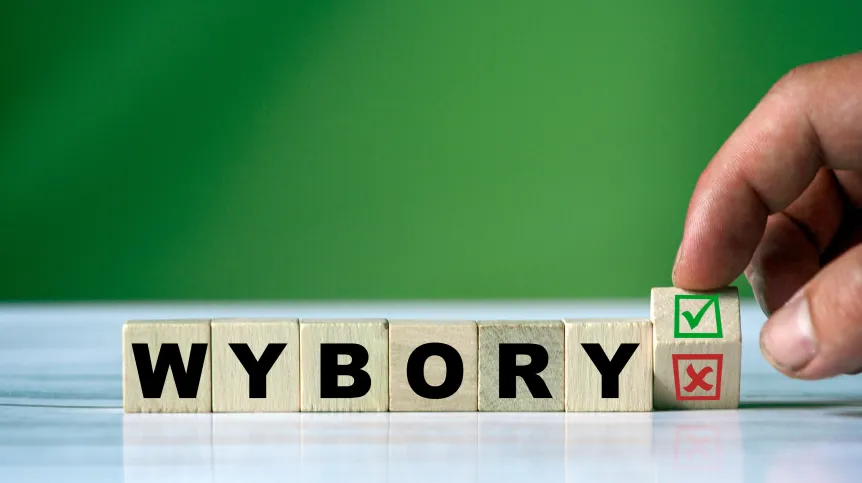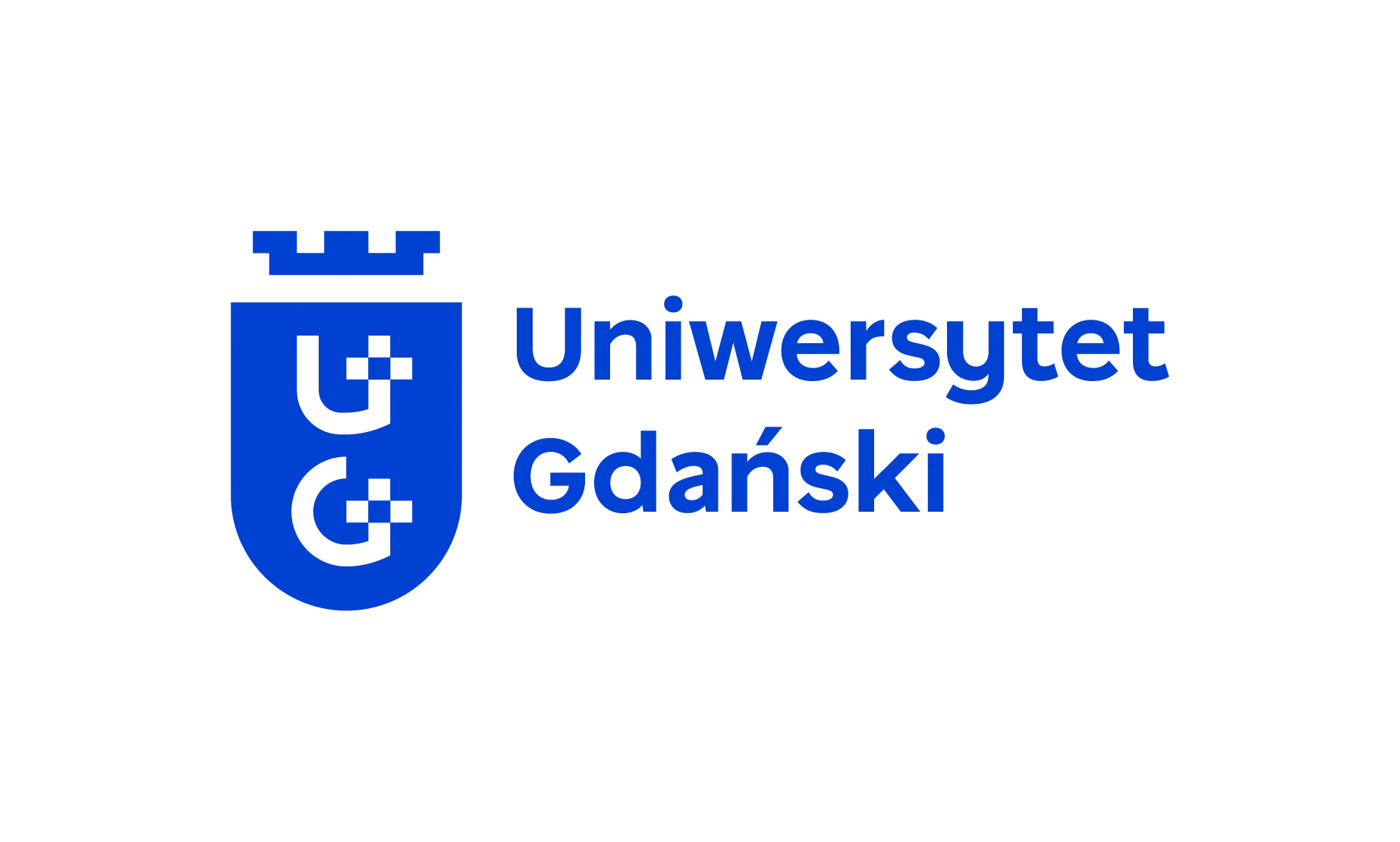
In a society divided into two camps, public opinion polls and the media influence voting behaviour. In this a situation, the competition between the candidates becomes equal, and their support may approach 50 percent, assesses Professor Piotr Szymczak, a physicist from the University of Warsaw, who studied the mechanisms behind voter behaviour.
The closer the support of both candidates gets to 50 percent, the greater the impact of chance on the final result, and the result itself ceases to be representative, Professor Piotr Szymczak from the Faculty of Physics of the University of Warsaw says in an interview with PAP. In his opinion, this phenomenon has negative consequences for trust in democracy.
On June 1, Karol Nawrocki won the second round of the Polish presidential election, defeating Rafał Trzaskowski, with a difference of 369,591 votes (1.78 percentage points). This is the smallest difference in the history of the Third Polish Republic in terms of the number of votes cast for candidates in the second round of presidential elections. In 2020, Andrzej Duda won against Rafał Trzaskowski by 422,385 votes (2.06 percentage points). In 2015, Andrzej Duda had 518,316 more votes than Bronisław Komorowski (51.55 percent to 48.45 percent).
If the election result in a 40 million society is decided by 200,000 votes, we can assume that the outcome is largely random, not much more representative than a coin toss. And we probably do not want the election of the president to be decided by random fluctuations. This is not a favourable situation for democracy', Szymczak says. He adds that the Polish elections are just one example in which the support for both competing candidates is almost equal.
In a paper published in 2024 in the journal Physical Review E, Olivier Devauchelle, Piotr Szymczak and Piotr Nowakowski decided to investigate the mechanisms that cause support for opposing options in elections and referenda to approach 50 percent. The paper was given the telling title: 'Dislike of general opinion makes for tight elections'.
'This is a surprising phenomenon - how do members of a huge society know exactly how to divide themselves in half? For this to happen, they must receive feedback on what the dominant tendencies are among the remaining voters. This is the role of pre-election polls', Szymczak explains. The scientist also points out that the media devote a lot of attention to polls, the election fight and analyses of voter flow before elections. 'I have the impression that even more than to the political content itself', the physicist comments.
He gives an illustrative example of how polls affect voter behaviour. 'If I know from a poll that my candidate has 70 percent support, I can calmly go mushroom picking instead of voting. But if I know that he is 2 percent short of winning, I will not only give up mushroom picking, but I will also call my friends to mobilise them', Szymczak explains. He adds that such a mechanism promotes increasingly fierce electoral competition and intensifies social polarisation.
The physicist compares a simplified model of an electoral situation in a polarised society to a game of go, in which the stones are black or white, symbolising the choice of one of the two candidates.
'The probability that a given stone will turn white increases if its surroundings - family, friends - are also white. This is an example of conformist tendencies in a group. However, such a mechanism does not lead to a 50/50 balance by itself. Another factor is needed: a tendency to nonconformism towards the majority. If the stones +know+ what the general proportion of whites and blacks is, they can change sides and vote against the dominant trend. In this way, support is equalised', the researcher describes.
This mechanism promotes increasingly fierce electoral competition and deepens social polarisation. In their work, the scientists show that this leads to the so-called split-society phase: 'Two political camps of similar strength stand opposite each other, with a small number of connections between them. To change the result, it is enough for a small number of undecided voters to change sides, while the majority sticks to their position'.
According to Szymczak, the research project was inspired by the 2015 Polish elections, when Bronisław Komorowski initially had a large lead, which gradually melted away until he ultimately lost to Andrzej Duda. 'We talked about it with friends over beers and came up with the idea that maybe it could be described with a physical model', he recalls.
When asked if he sees a way to break away from the 50/50 support model, he replies that a total ban on conducting polls may be difficult to implement, but one can try to limit their impact. He mentions that in Poland, the election blackout is two days, while in Italy there is a ban on publishing poll results for two weeks before the election. 'It is an idea. And we, the citizens, always have one more option - to lie to the pollsters', he jokes. He adds that if the polls cease to be reliable, their impact will automatically decrease.
In conclusion, he emphasises that in order to get out of this logic of polarised politics, it is necessary to overcome divisions. 'The role of politicians should be to connect society and build bridges - not only to attack opponents, but also notice those points where the other side is right. And on this foundation - to build a community in which people have a common goal and are not each other's opponents', Professor Piotr Szymczak concludes.
PAP - Science in Poland, Ludwika Tomala
lt/ agt/ bar/ lm/













